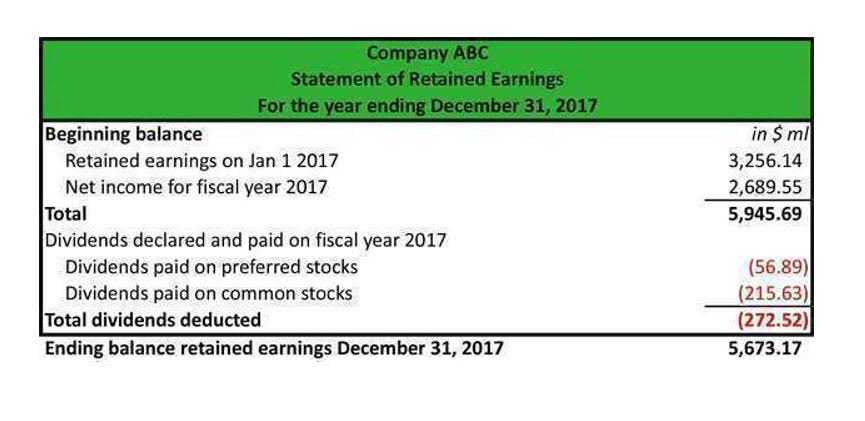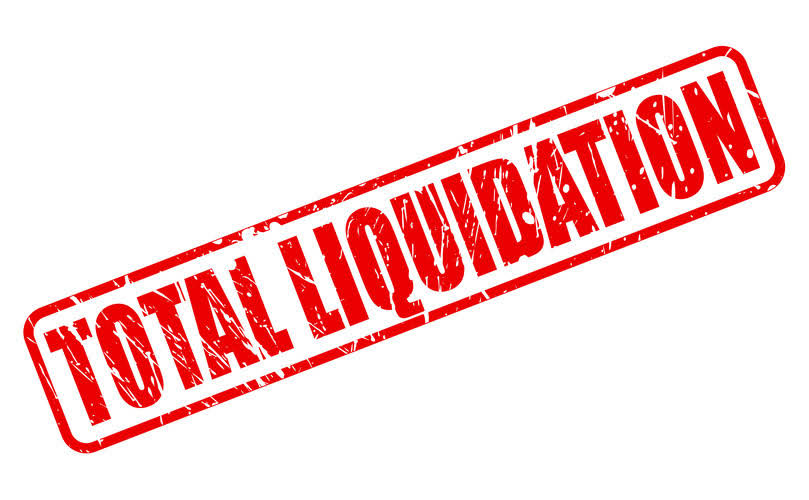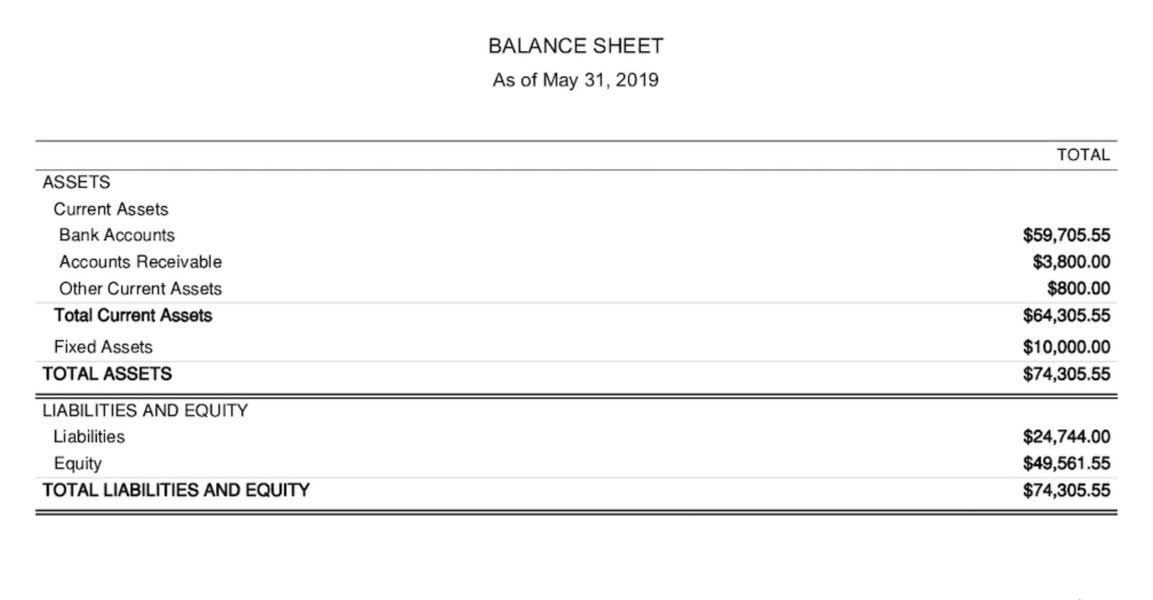
The main reason for a stock split is to reduce the market price per share of stock. A gain is measured by the proceeds from the sale minus the amount shown on the company’s books. Since the gain is outside of the main activity of a business, it is reported as a nonoperating or other revenue on the company’s income statement. That part of the accounting system which contains the balance sheet and income statement accounts used for recording transactions.
► Assets
Now, we are going to focus on how this all comes together when you reconcile your retained earnings/members equity. To simplify your retained earnings calculation, opt for user-friendly accounting software with comprehensive reporting capabilities. There are plenty of options out there, including QuickBooks, retained earnings on balance sheet Xero, and FreshBooks. This reduction happens because dividends are considered a distribution of profits that no longer remain with the company. Retained earnings are also known as accumulated earnings, earned surplus, undistributed profits, or retained income.

Are Retained Earnings, Assets or Liabilities?

Holders of common stock elect the corporation’s directors and share in the distribution of profits of the company via dividends. If the corporation were to liquidate, the secured lenders would be paid first, followed by unsecured lenders, preferred stockholders (if any), and lastly the common stockholders. To illustrate how preferred stock works, let’s assume a corporation has issued preferred stock with a stated annual dividend of $9 per year. The holders of these preferred shares must receive the $9 per share dividend each year before the common stockholders can receive a penny in dividends.

Retained Earnings or Member Equity
The balance sheet reports information as of a date (a point in time). Usually financial statements refer to the balance sheet, income statement, statement of comprehensive income, statement of cash flows, and statement of stockholders’ equity. In financial modeling, it’s necessary to have a separate schedule for modeling retained earnings. The schedule uses a corkscrew-type calculation, where the current period opening balance is equal to the prior period closing balance. In between the opening and closing balances, the current period net income/loss is added and any dividends are deducted. Finally, the closing balance of the schedule links to the balance sheet.
Retained earnings refer to the money your company keeps for itself after paying out dividends to shareholders. They pay dividends to share their profit with loyal shareholders and to retain them as investors. Assume a company has $1 million in retained earnings and issues a $0.50 dividend for all 500,000 outstanding shares. The total value of the dividend decreases the company’s retained earnings and its cash balance.
Effect of Revenue on the Balance Sheet
After adding/subtracting the current period’s net profit/loss to/from the beginning period retained earnings, you’ll need to subtract the cash and stock dividends paid by the company during the year. In this case, Company A paid out dividends worth $10,000, so we’ll subtract this amount from the total of beginning period retained earnings and net profit. Each accounting period, the revenue and expenses reported on the income statement are “closed out” to retained earnings. Cash dividends result in cash outflows and are recorded as net reductions.
Is Stockholders’ Equity Equal to Cash on Hand?

This allows your business to start recording income statement transactions anew for each period. The closing entries are the journal entry form of the Statement of Retained Earnings. The goal is to make the posted balance of the retained earnings account match what we reported on the statement of retained earnings and start the next period with a zero balance for all temporary accounts. Retained earnings are reported in the shareholders’ equity section of the corporation’s balance sheet. Corporations with net accumulated losses may refer to negative shareholders’ equity as positive shareholders’ deficit.
- The term that refers to the stock of a corporation which is traded on the stock exchanges (as opposed to stock that is privately held among a few individuals).
- Unlike liability accounts which are negative accounts and are reported on the Balance Sheet, expenses maintain a positive balance and are reported on the Income Statement or Profit and Loss Report (P&L).
- A temporary account to which the income statement accounts are closed.
- Many times, especially with a new business, the contribution is from fixed assets (say, the bulldozer you brought in to start the company) or even expenses that were paid with a personal credit card.
- In some industries, revenue is called gross sales because the gross figure is calculated before any deductions.
- Below is a short video explanation to help you understand the importance of retained earnings from an accounting perspective.
Individuals elected by the common stockholders of a corporation to represent the stockholders and to establish the policies of the corporation. The board of directors appoints the officers of the corporation and declares dividends for the common and preferred stock. If a Suspense Account corporation has a limited amount of cash, but needs an asset or some services, the corporation might issue some new shares of stock in exchange for the items. When shares of stock are issued for noncash items, the items and the stock must be recorded on the books at the fair market value at the time of the exchange. Since the balance sheet amounts reflect the cost and matching principles, a corporation’s book value is not the same amount as its market value.
Payroll
After a 2-for-1 stock split, an individual investor who had owned 1,000 shares might be elated at the prospect of suddenly being the owner of 2,000 shares. However, every stockholder’s number of shares has doubled—causing adjusting entries the value of each share to be worth approximately half of what it was before the split. If a corporation had 100,000 shares outstanding, a stockholder who owned 1,000 shares owned 1% of the corporation (1,000 ÷ 100,000).